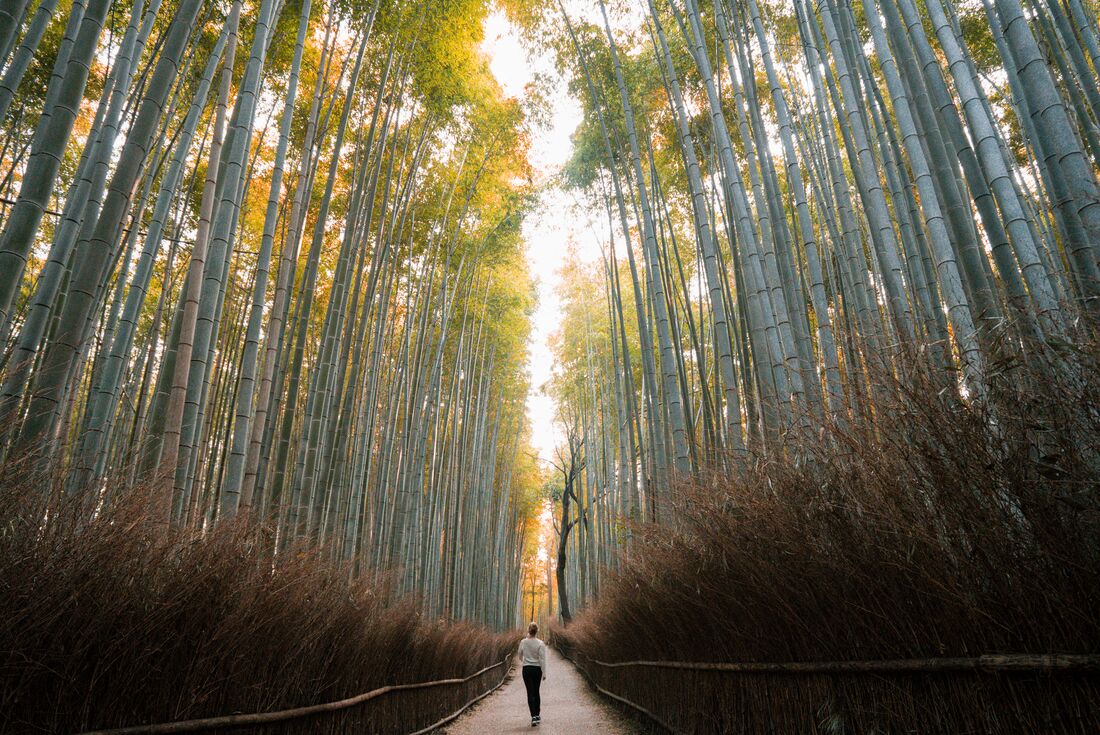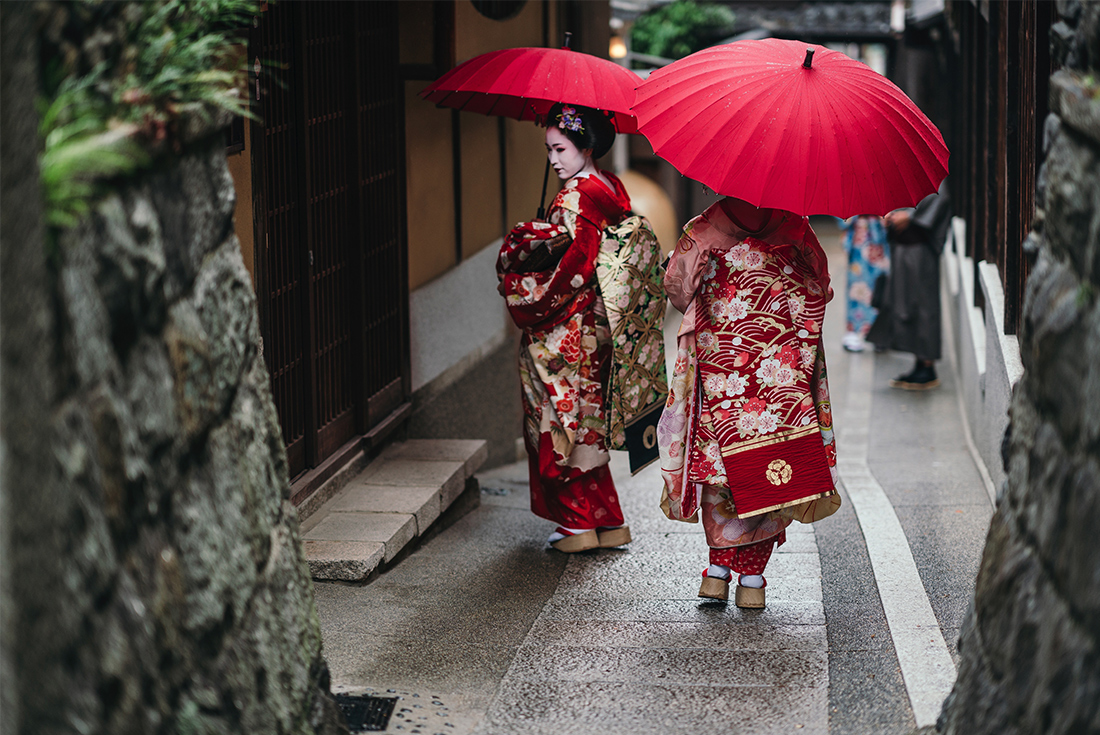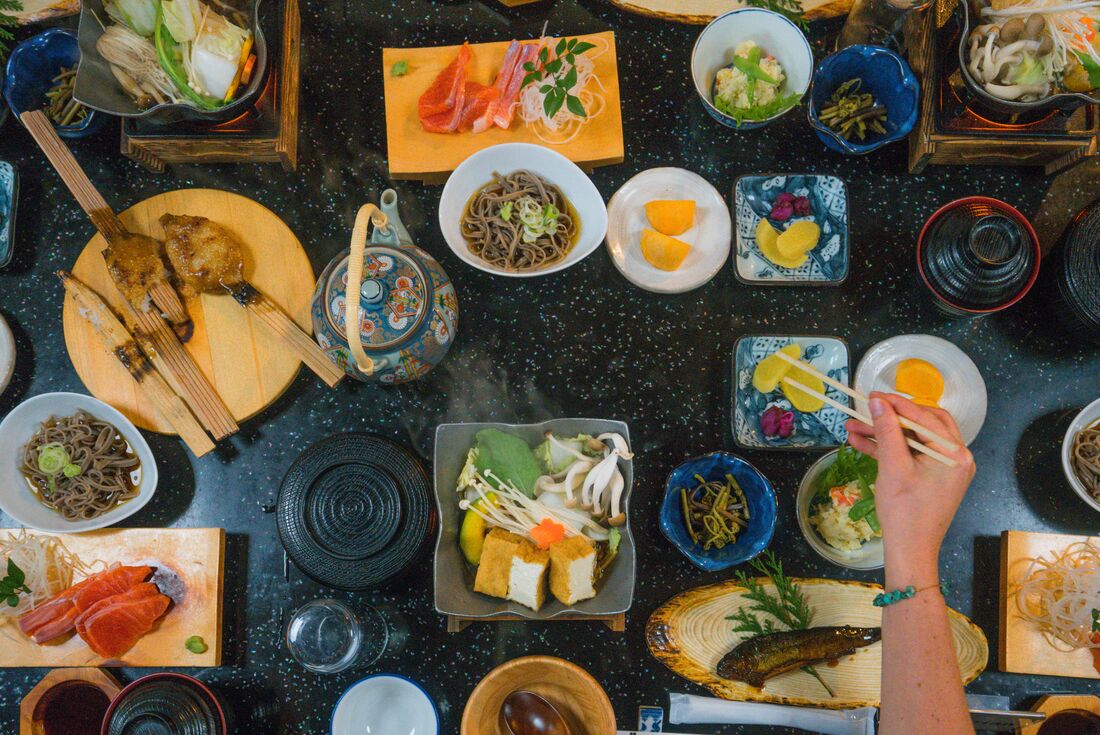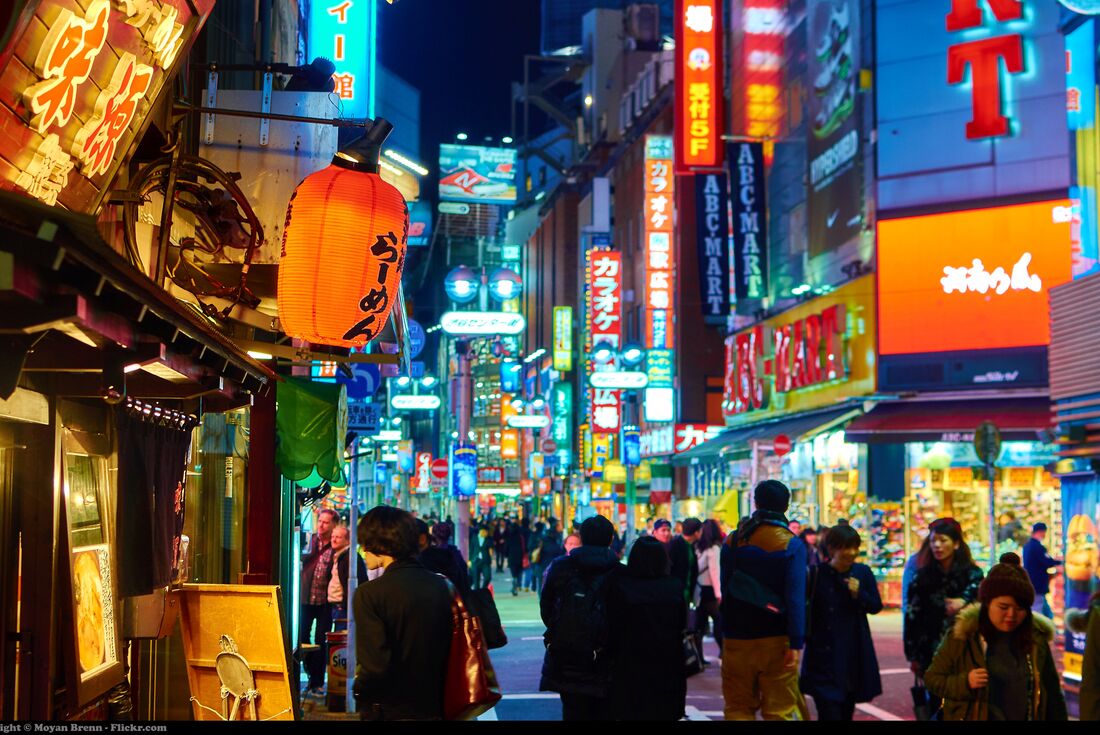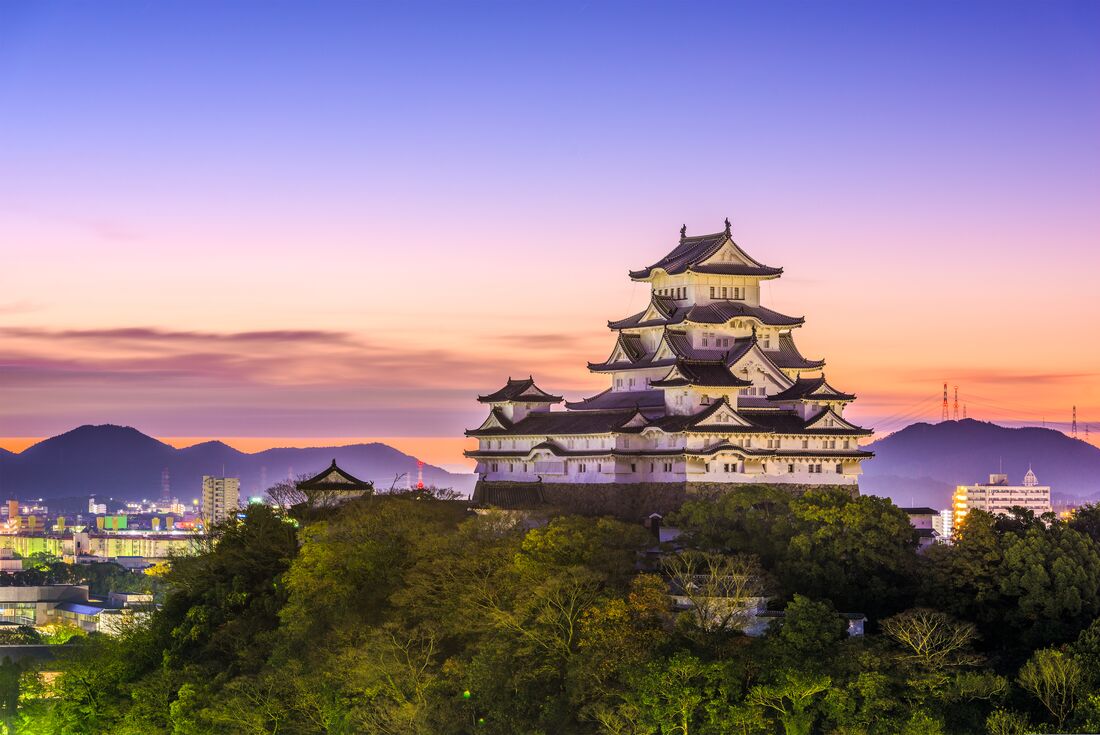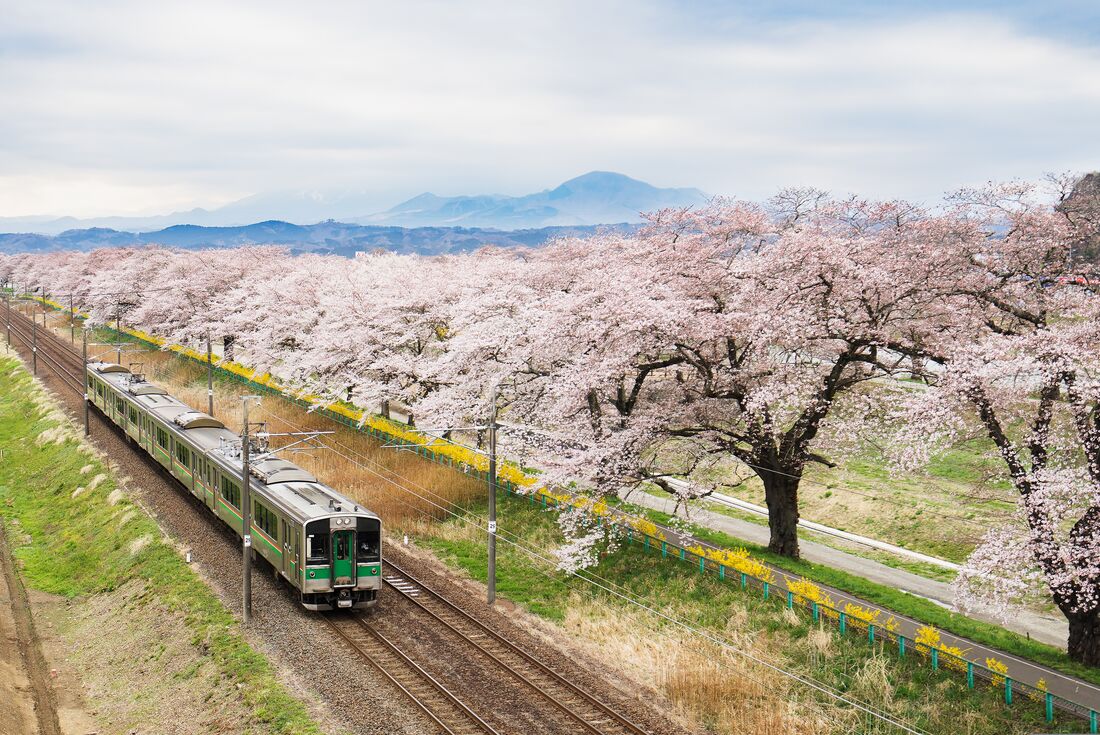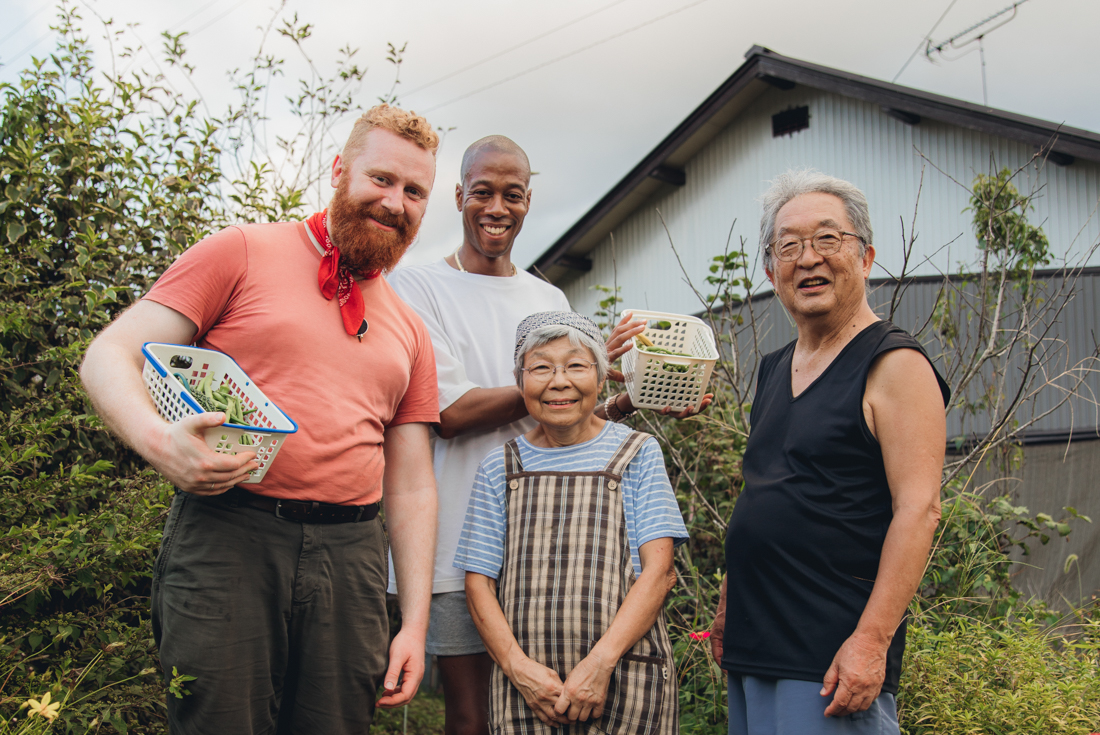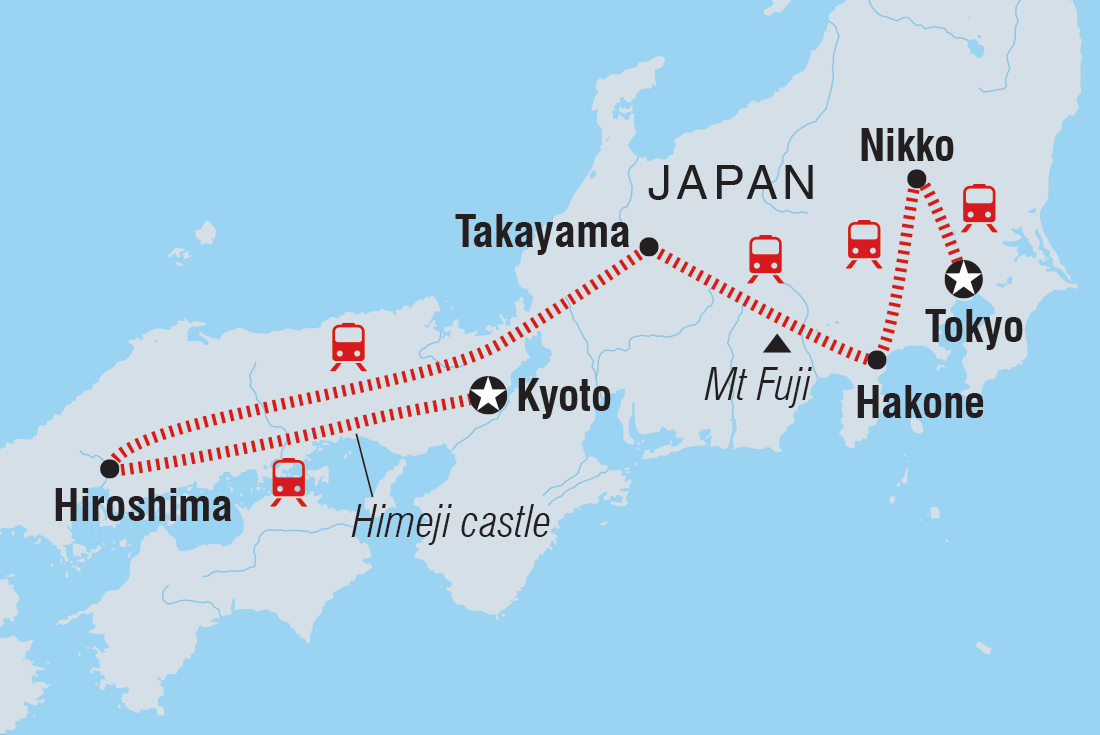SUMMARY
This 13-day tour of Japan will introduce you to the cultures – old and new – that define this small but influential archipelago. Beginning in tech-mecca Tokyo and finishing with three nights in Kyoto, this immersive tour will also introduce you to lesser-known cities through Japan’s centre and southern reaches. Discover scenic beauty on the Hakone ropeway, sip the best sake in Takayama, find out about the Hiroshima of today and wonder at the floating torii gate of Miyajima. You’ll have a local to guide you through these lesser-known destinations and reveal layers of culture and history.
TOTAL DURATION : 13 Days
GROUP SIZE : MIN 1 MAX 12
TOUR ITINERARY AND DATES
START : Tokyo
END : Kyoto
COUNTRIES VISITED : Japan
Validity : 01 JAN 2025 To 31 DEC 2026
Day :1
Location : Tokyo
Konnichiwa! Welcome to Japan. Bursting with contemporary urban culture, there are many sides of Tokyo to explore, from fascinating museums and world-class shopping to neighbourhood backstreets lined with hole-in-the-wall eateries and bars. Your adventure begins with a welcome meeting at 6 pm tonight. You can arrive at any time during the day, as there are no activities planned until this important meeting. After, join your new travel companions for an optional dinner at a local restaurant.
Day :2
Location : Tokyo - Nikko
Enjoy a free morning in Tokyo. This afternoon, you’ll catch a local train to Nikko. Japanese trains are a quintessential experience and one of the best insights into culture (and efficiency!) of the country. Go shopping for some snacks or a bento box at the train station and watch the scenery pass you by. Arrive in Nikko in the late afternoon – tonight, you'll stay in a small inn with shared facilities.
Day :3
Location : Nikko
You have a full day to explore Nikko today – this ancient town is overflowing with shrines and temples, some a UNESCO World Heritage site! You'll visit Toshugu Shrine – the resting place of a Tokugawa shogun who was one of the most powerful rulers of the country. The opulent shrine contrasts with the traditional minimalist style commonly used throughout Japan. Every corner of this monument is covered in intricate gold leaf, lacquer work, paintings and patterns. Here, you can also visit the Nikko Toshogu Museum of Art at the back of the temple complex (for an extra fee). In your free time, maybe visit the red-lacquered Shin-kyo bridge and the Buddhist temple of Rinno-ji. Or you may prefer time exploring Nikko’s beautiful natural setting with a visit to Chuzenji Lake and Kegon Falls. Kanmangafuchi Abyss is another highlight in Nikko that your leader will take you to visit, where you'll see about 70 Jizo Buddhas looking out to the river.
Day :4
Location : Hakone
Say goodbye to Nikko and set out for a bit of a travel day to Hakone. Hop on a local train, followed by two shinkansen bullet trains and finally a bus. The journey is certainly worth it, as Hakone is a scenic hot spring resort in the foothills of Mt Fuji. You’ll be staying at a family-run ryokan tonight, with tatami-mat rooms, shared bathroom facilities and a lovely outdoor hot-spring onsen.
Day :5
Location : Hakone
This morning, hop on a boat across Ashinoko Lake, then ride the Hakone ropeway cable car to the top of the surrounding mountains. The area around the lake offers plenty of stunning views, and you may even catch a glimpse of Mt Fuji in the distance if weather conditions are clear. The afternoon is free to further explore Hakone’s mountain scenery and volcanic sites. Perhaps visit the boiling sulphur springs of Owakudani or Hakone Jinja Shrine with its red torii gate rising from the shore of Ashinoko Lake. Or, go for a walk through the hills of the famed grassland ecosystem of Sengokuhara. There’s also a great collection of art at the Hakone Open-Air Museum and the Pola Museum of Art – an eclectic mix that includes work by Renoir, Monet, Picasso, Van Gogh, Cezanne and Galle. Not what you would expect to find in a small Japanese town, right?
Day :6
Location : Takayama
Travel by a local train, then a shinkansen towards Takayama – a charming Edo period town in the Japanese Alps, famous for its traditional inns, sake breweries and the Hida Folk Village. The village is your first stop – an outdoor museum where the traditional thatched-roof architecture unique to the area has been relocated to a mountain setting to preserve traditional Japanese culture. Discover the techniques used to build farmhouses that could withstand fierce winters and long periods of isolation due to snow-closed roads. The thick thatching kept in warmth, and the roofs were angled to minimise snow build-up. Each house is like its own self-contained museum, with displays of personal items and traditional tools.
Day :7
Location : Takayama
This morning, you’ll head to the markets in Gifu prefecture – these markets have been held for over 600 years and are known for their array of high-altitude vegetables. Browse the stalls of seasonal produce that’s brought in from the surrounding countryside and set up by local farm women from 7 am every morning. Look out for the unique local style of pickles, the bags of miso wrapped in leaves, Genkotsu ame (soy bean candy), preserved fish, spices and the delicious marshmallow treat owara tamaten. You leader will advise a series of local's favourite snacks for you to sample as your breakfast today while you stroll through the market. The alpine climate and mountain waters are perfect for creating sake, so you'll also visit a local brewery for a taste of the region's prized signature drop. Then, head to Zenkoji Temple to learn how to make incense, which is believed to have purifying qualities. The rest of the day is free for you to explore the town at your own pace.
Day :8
Location : Hiroshima
Travel by express train and shinkansen to Hiroshima today. Depending on what time you arrive today, you may visit Hiroshima’s Peace Park this afternoon or tomorrow morning. The Genbaku (A-Bomb) Dome and Peace Memorial Museum stand testament to the fateful day in August 1945 when Hiroshima was chosen as target for the first ever wartime use of the atomic bomb. The dome was just metres from where the bomb detonated so it was able to retain its shape and the fact that it looks almost exactly as it did after the bombing has made it an enduring symbol of peace. The memorial park serves the same purpose, and has museums, memorials and monuments dedicated to the memory of victims. This evening, head out with your leader for one of the city’s signature dishes for dinner – okonomiyaki (a savoury pancake of egg, cabbage, soba noodles and meat or seafood).
Day :9
Location : Miyajima - Hiroshima
Today you'll make your way to the nearby island of Miyajima with its famous 'floating' torii gate. You might like to further explore the island by climbing to the top of Mt Miyajima (or hopping on the cable car instead) for 360-degree views of the Inland Sea. Keep your eyes out for inquisitive and hungry deer that roam the streets. You have the rest of the day free to enjoy some of the other sites. You could stop by the five-storied Hiroshima Castle, which originally dates to the 1590s. It was destroyed by the bomb but reconstructed in all its glory in the 1950s, and now holds an informative museum. The wonderful Shukkeien Garden, with teahouses and waterfalls, is also a perfect place to decompress.
Day :10
Location : Kyoto
Leave Hiroshima today and take the train to Japan’s most impressive samurai castle at Himeji. The building, which has survived earthquakes and war since the mid-16th century, was restored to its full glory in 2015. The moats, baileys, towers and walled alleyways were ingeniously designed to trick attackers – perhaps so intimidatingly that they were never in fact tested! Explore the castle that was once home to over 10,000 samurai families and look out over the castle grounds and the city below from the seventh floor. Hop back on the shinkansen for the trip to Kyoto. Originally founded as Heian-kyo (‘tranquillity and peace capital’) by Emperor Kammu in 794, Kyoto was the capital of Japan for over 1000 years, but the emperor and government are now in Tokyo. With over 2000 temples, shrines and gardens, there’s plenty to explore. Your leader will take you on an orientation walk to get your bearings, then you might like to wander through the historical streets at your own pace.
Day :11
Location : Kyoto
Start your day with a visit to the iconic Kinkakuji Temple, with its impressive Golden Pavilion, immortalised by Yukio Mishima's novel. Then, join a sweet-making demonstration to learn how yatsuhashi (a traditional Japanese snack of flour, sugar and cinnamon) and matcha tea is made. After, visit the 'Kitchen of Kyoto,' Nishiki Market. Sample a few different popular local snacks here like strawberry dumplings, chicken skewers or soy milk sweets. Finish the afternoon at the red tori gates in Fushimi Inari. For the more active, hiking up the mountain following the red torii gates is a great way to enjoy the forest and the views over the city! Your afternoon is free to hike, relax or wander at your own pace.
Day :12
Location : Kyoto
Enjoy a free day to explore this charming ancient capital at your own pace. Maybe head off to Arashiyama and wander through the Sagano bamboo forest, or cycle along the Kamo River. You could see the architecturally impressive Higashi Honganji Temple and the Sanjusangendo – home to 1001 statues of Kannon. A gentle stroll through Kyoto's eastern hills along the ‘Path of Philosophy’ that links Ginkaku-ji, the Temple of the Silver Pavilion, with Nanzen-ji Temple is also recommended. This walk can be extended south through the well-preserved Old Town areas to Kiyomizu-dera (Temple of Clear Water) with its famous viewing platform. For those visiting in spring, you could visit the theatre for a presentation of Miyako Odori (cherry blossom dance) performed by elaborately dressed maiko (apprentice geisha).
Day :13
Location : Kyoto
There are no activities planned for the day and you’re free to depart the hotel at any time after check out. If you would like to extend your stay, just get in touch with your booking agent ahead of time.
Reference : IT



